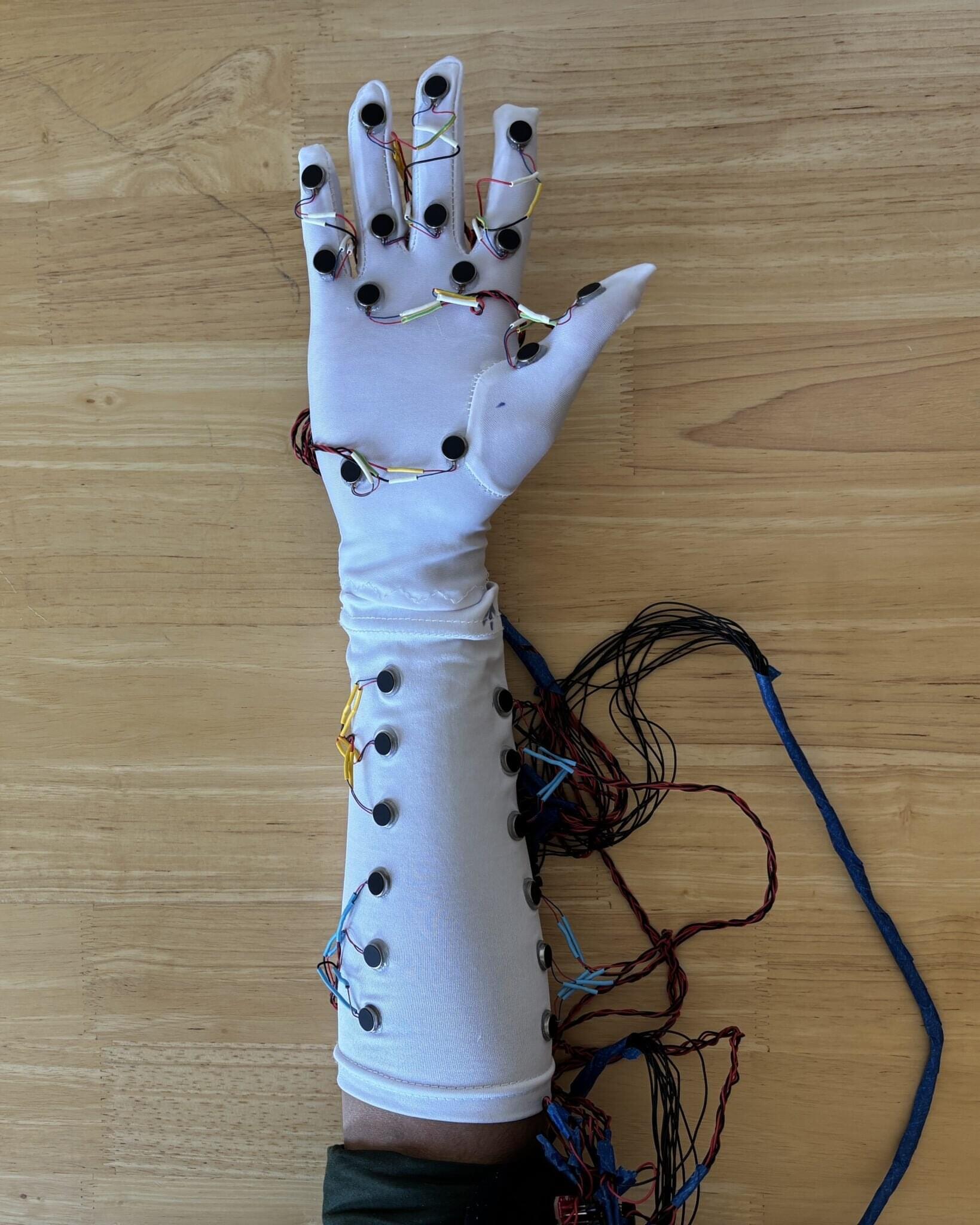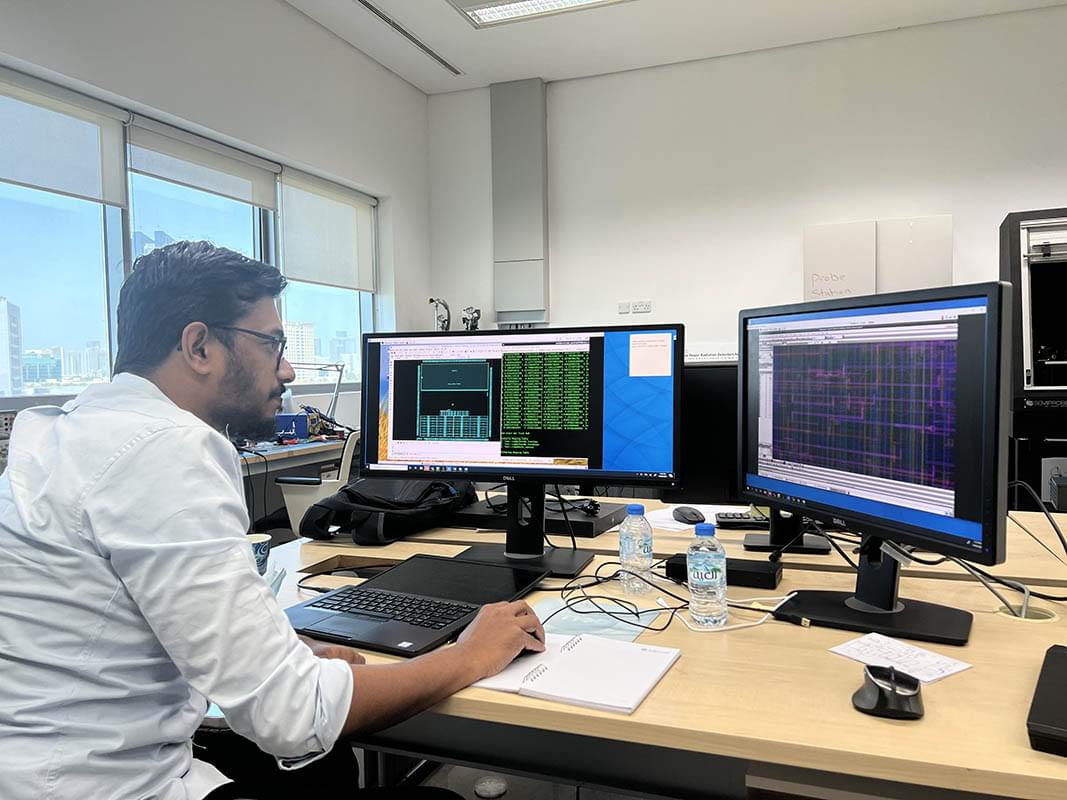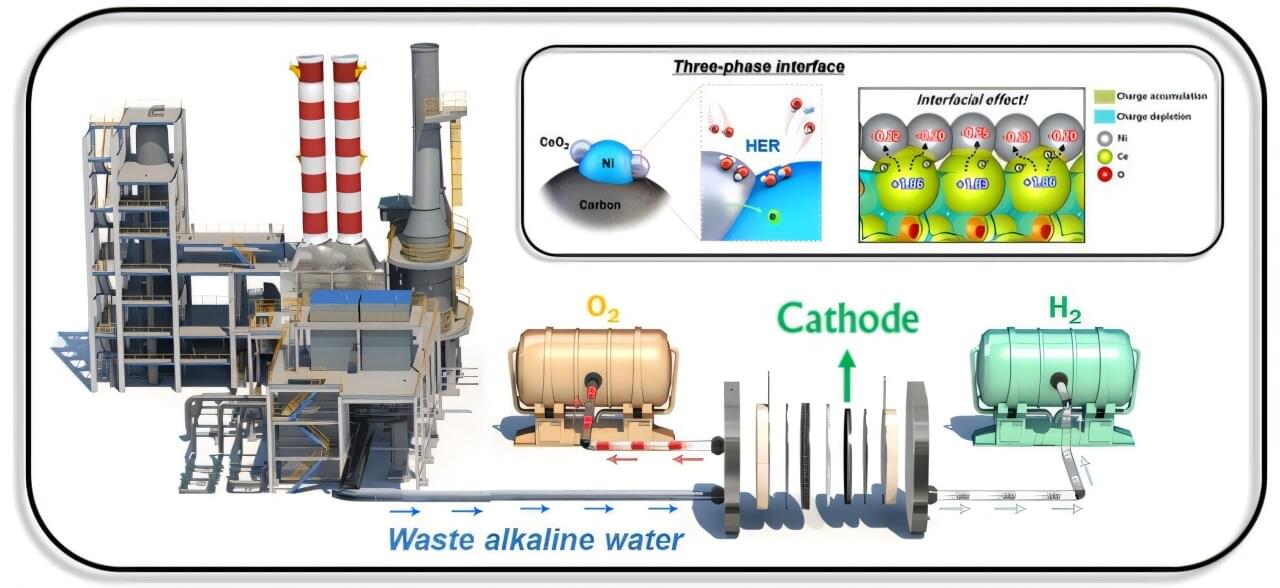Quantum stochastic rectification is a process observed in some physical systems, which entails the conversion of random quantum fluctuations (i.e., quantum noise) and a small oscillating signal, such as a weak alternating current or AC voltage, into a steady output (e.g., a direct current, or DC). This quantum effect has been previously reported in magnetic tunnel junctions that are driven by both quantum mechanics and randomness (i.e., stochastic processes).
Researchers at the University of California–Irvine recently showed that the quantum stochastic rectification observed in individual molecules can be leveraged to study their intrinsic relaxation dynamics. Their approach, outlined in a paper published in Physical Review Letters, could inform the future study of molecular dynamics and advance the measurement of rapid processes that take place in single molecules at the atomic scale.
“A few years ago, I served on a Ph.D. Advancement committee and the graduate student discussed his thesis research involving stochastic processes in nm-scale magnetic tunnel junctions,” Wilson Ho, senior author of the paper, told Phys.org. “The signal in his experiment was affected by the thermal noise and showed a transition when the driving frequency was varied.





